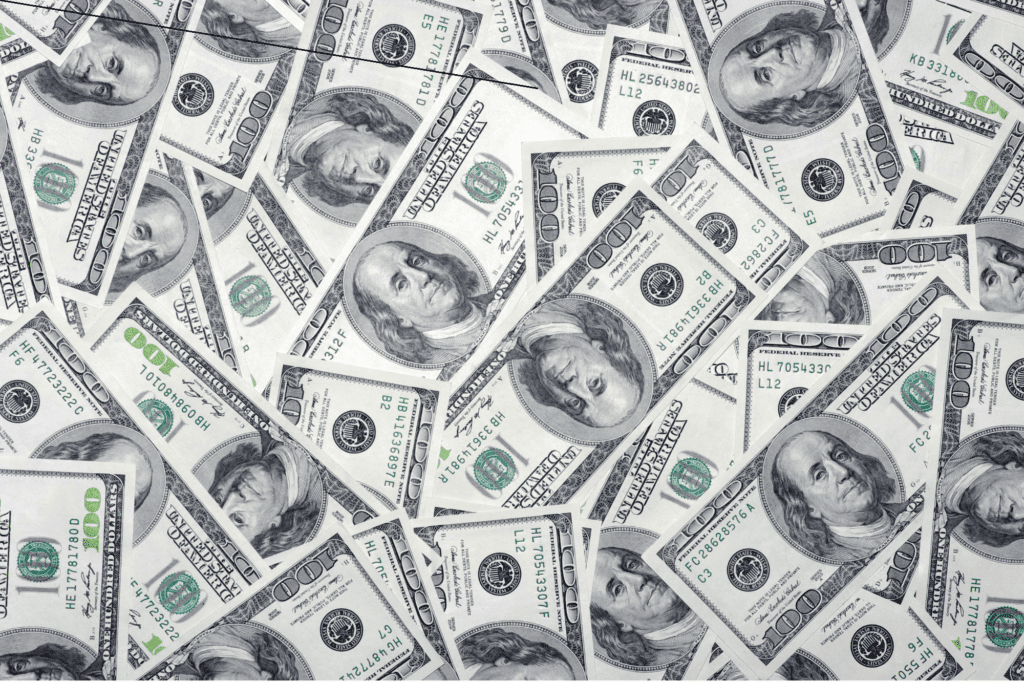Dating back to 1861 the federal government began issuing paper money for the first time. The new bills circulated by the U.S. government starting in the 1860s was coined with the nickname “greenbacks,” because their back side was printed in green ink. The green ink was an anti-counterfeiting measure, as cameras could only take pictures in black and white.
In 1929, the government reduced the size of all paper money and standardized designs for each bill denomination. The smaller bill sizes continued to be printed with green ink because, according to the U.S. Bureau of Printing and Engraving, the ink was abundant, durable, and the color green is known to be associated with stability.
MONEY FUN FACTS
Today, there is $1.2 trillion in coins and paper money in circulation in America. It costs about 5 cents to produce every $1 bill and around 13 cents to make a $100 bill, the highest denomination currently in circulation. The estimated lifespan of a $1 bill is close to six years, while a $100 bill typically last 15 years. The $50 bill has the shortest average life span: 3.7 years.



